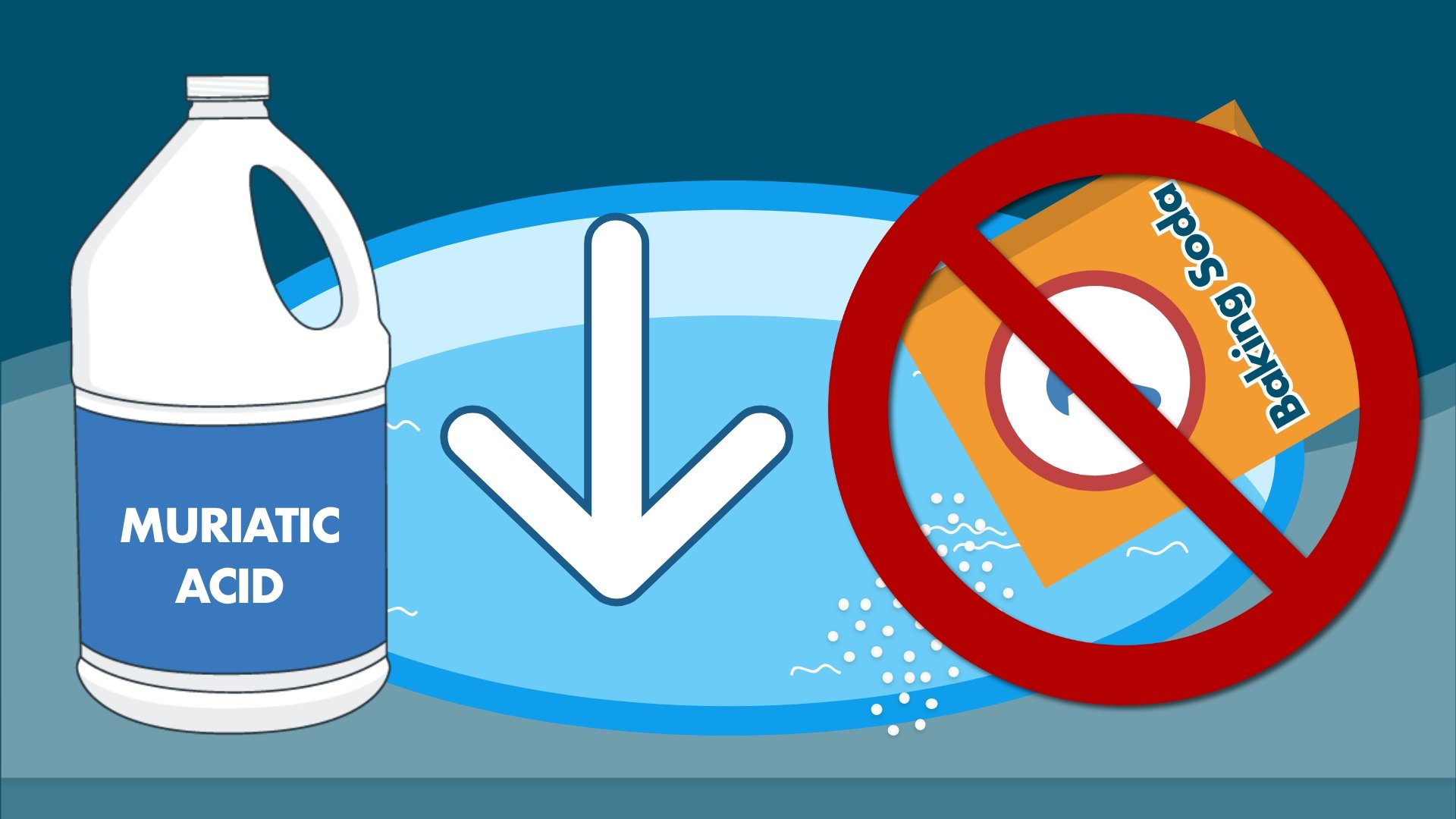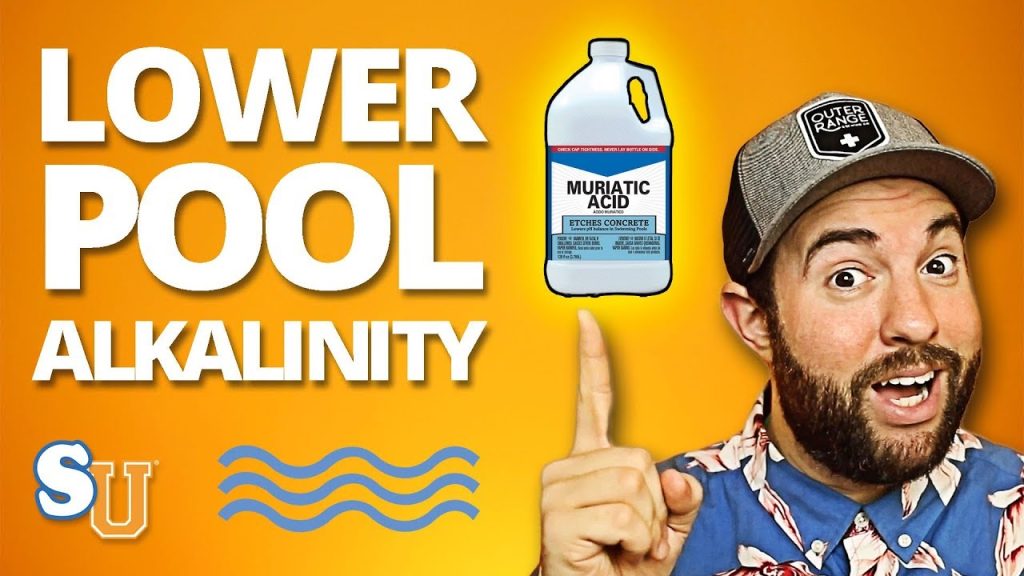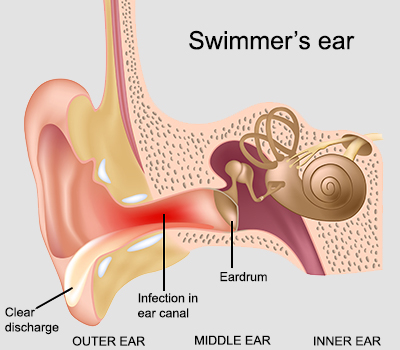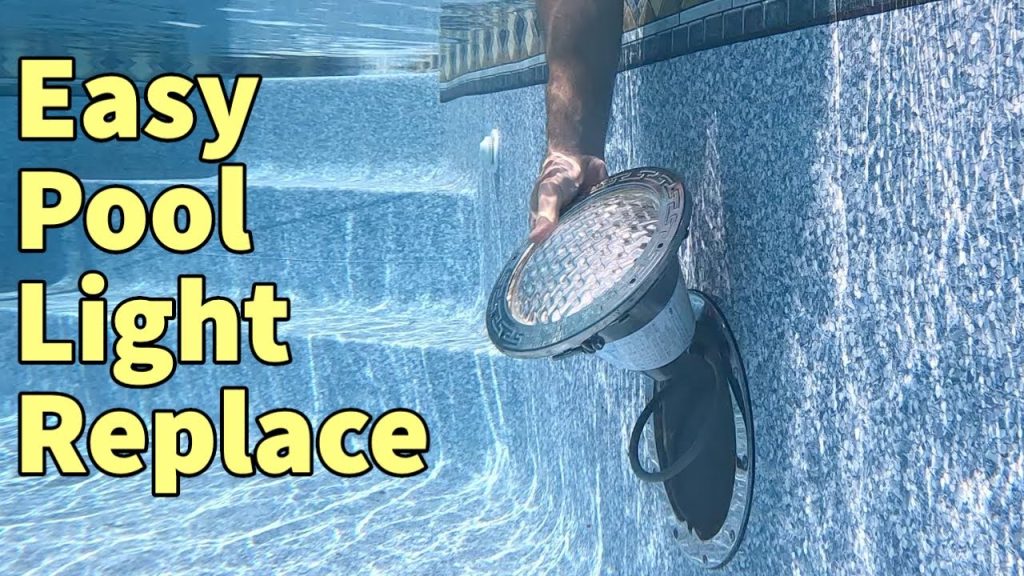Lowering the alkalinity in a swimming pool is crucial for maintaining water balance. High alkalinity can cause cloudy water and affect pH levels.
Keeping your pool water clear and safe involves managing its chemical balance. One key factor is alkalinity. If it’s too high, it can lead to several issues. These include cloudy water, scaling, and difficulty maintaining the right pH levels. Understanding how to lower alkalinity can save you time and frustration.
It ensures a pleasant swimming experience and protects your pool equipment. By following some simple steps, you can bring the alkalinity down to an optimal level. This makes pool maintenance easier and more effective. Let’s explore the methods to achieve this.
Testing Pool Alkalinity
Maintaining the right alkalinity in your pool is essential. It ensures the water is safe and comfortable for swimming. Testing your pool’s alkalinity regularly helps you keep the water balanced. This process is simple but requires some basic tools and steps.
Tools Needed
Before starting, gather the essential tools for testing pool alkalinity. You will need:
- Pool test kit
- Clean plastic container
- Protective gloves
- Notebook and pen
Step-by-step Testing Guide
Follow these steps to test your pool’s alkalinity:
- Put on your protective gloves.
- Fill the plastic container with pool water. Use a clean container.
- Open your pool test kit. Read the instructions carefully.
- Add the testing reagent to the water sample. Follow the kit’s guidelines.
- Mix the water and reagent well. Ensure they blend completely.
- Compare the water color to the test kit chart. Identify the alkalinity level.
- Record the results in your notebook. Note the date and time.
Regular testing helps you maintain balanced pool water. It ensures a safe and enjoyable swimming experience.
Understanding Alkalinity Levels
Understanding the alkalinity levels in your swimming pool is crucial. It ensures your pool’s water is safe and enjoyable. Alkalinity helps maintain the pool’s pH balance, preventing rapid changes. Let’s delve into what you need to know about alkalinity levels.
Ideal Alkalinity Range
The ideal alkalinity range for a swimming pool is between 80-120 parts per million (ppm). This range helps keep the pH levels stable. If the alkalinity is too low, the pH can fluctuate, causing problems. On the other hand, high alkalinity can also be troublesome.
Effects Of High Alkalinity
High alkalinity in your pool can lead to several issues. It can cause the pH levels to rise, making the water more basic. This can result in:
- Cloudy water
- Scaling on pool surfaces
- Reduced effectiveness of chlorine
- Skin and eye irritation
To keep your pool in optimal condition, managing alkalinity levels is essential. Regular testing and proper adjustments can help maintain a balanced and healthy swimming environment.
Choosing The Right Chemicals
Maintaining the right alkalinity in your swimming pool is crucial for water balance. Using the right chemicals helps keep the water clear and safe. Two common chemicals for lowering alkalinity are Muriatic Acid and Sodium Bisulfate. Understanding their differences and how to use them safely is key.
Muriatic Acid Vs. Sodium Bisulfate
Muriatic Acid is a powerful chemical used to lower pool alkalinity. It works quickly and is often less expensive. Sodium Bisulfate, also known as dry acid, is safer to handle. Both are effective, but their use and handling differ.
| Chemical | Pros | Cons |
|---|---|---|
| Muriatic Acid | Quick action, Cost-effective | Strong fumes, Requires careful handling |
| Sodium Bisulfate | Safer to handle, Less fumes | Slower action, More expensive |
Safety Precautions
Handling pool chemicals requires caution. Always read labels and follow the instructions. Wear protective gear like gloves and goggles. Work in a well-ventilated area. Never mix different chemicals. Store them in a cool, dry place, away from children and pets. Dispose of any leftover chemicals according to local regulations.

Credit: waterguru.com
Adding Chemicals To The Pool
Maintaining a balanced pH level in your swimming pool is crucial. High alkalinity can create several issues, including cloudy water and scaling. The most effective way to lower alkalinity is by adding chemicals. This section will guide you on the correct dosage and application techniques.
Calculating The Correct Dosage
To lower alkalinity, you’ll need muriatic acid or sodium bisulfate. First, test your pool’s current alkalinity levels using a reliable test kit.
Determine the volume of your pool in gallons. Use this formula: Length x Width x Average Depth x 7.5 = Pool Volume in Gallons.
Once you know your pool’s volume and current alkalinity level, refer to the product label for dosage instructions. Here is a simple table for quick reference:
| Alkalinity Level (ppm) | Amount of Acid per 10,000 Gallons |
|---|---|
| 120-140 | 1 quart |
| 141-160 | 1.5 quarts |
| 161-180 | 2 quarts |
Use the table to find the correct dosage based on your pool’s alkalinity level and volume.
Application Techniques
Once you have calculated the correct dosage, it’s time to add the chemicals. Follow these steps:
- Ensure your pool pump is running. This helps distribute the chemicals evenly.
- Wear protective gloves and goggles for safety.
- Slowly pour the acid into the deep end of the pool. Avoid splashing.
- Let the pump run for at least 4 hours to circulate the acid.
- Retest the water after 24 hours. Adjust if necessary.
It’s important to add chemicals slowly and cautiously. This prevents damage to the pool surfaces and ensures effective distribution.
Balancing Ph Levels
Maintaining balanced pH levels in your swimming pool is essential. It ensures the water is safe and comfortable for swimmers. High alkalinity can disrupt this balance. This guide will help you lower the alkalinity and achieve the right pH levels.
Ph And Alkalinity Relationship
pH and alkalinity are closely linked. Alkalinity measures the water’s ability to neutralize acids. High alkalinity often leads to high pH levels. This can cause cloudy water and skin irritation. Understanding their relationship is key to maintaining a healthy pool.
Adjusting Ph After Treatment
After lowering the alkalinity, you may need to adjust the pH. Use pH increasers or decreasers to achieve the desired level. Test the water frequently. This ensures the pH remains stable and safe for swimming.
Maintaining Balanced Alkalinity
Maintaining balanced alkalinity in a swimming pool is crucial for a healthy and safe swimming environment. Balanced alkalinity helps to stabilize pH levels, preventing corrosion and scaling. It also ensures that pool chemicals work effectively. Follow these tips for maintaining balanced alkalinity in your pool.
Regular Testing Schedule
Regular testing of your pool water is essential. Use a reliable pool test kit to check alkalinity levels. Aim to test your pool at least once a week. During hot weather or heavy pool use, increase the frequency of testing.
Keeping a consistent schedule helps you catch any imbalances early. This allows you to take corrective action before problems arise.
Preventative Measures
Preventative measures can help maintain balanced alkalinity. Here are some tips:
- Use a pool cover to reduce debris and contamination.
- Maintain proper water circulation and filtration.
- Clean your pool regularly to remove organic matter.
- Ensure your pool’s pH levels are within the recommended range (7.2-7.8).
- Add alkalinity increaser or reducer as needed based on test results.
These steps help keep your pool water balanced and safe for swimmers.
Troubleshooting Common Issues
Lowering the alkalinity in your swimming pool can sometimes be tricky. Various issues can arise during the process. Knowing how to troubleshoot these common problems can save you time and effort. Below are some tips on handling recurring high alkalinity and unexpected chemical reactions.
Recurring High Alkalinity
If you notice that your pool’s alkalinity remains high, even after treatment, the source of the problem might be persistent. Test your pool water frequently. Consistently check the alkalinity levels. Make sure you are using accurate testing kits. Sometimes, the issue lies in the water source itself. Tap water can be high in alkalinity. Consider using a different water source. Another tip is to check the pool’s pH balance. High pH can contribute to high alkalinity. Regularly monitor and adjust pH levels to keep them within the normal range.
Unexpected Chemical Reactions
Sometimes, the chemicals you add to lower alkalinity can cause unexpected reactions. Cloudy water is a common issue. This happens when chemicals do not dissolve properly. Always add chemicals slowly. Follow the manufacturer’s instructions carefully. Stir the water well to help the chemicals mix. Another issue could be staining. This occurs when metals in the water react with the chemicals. Use a metal sequestrant to prevent staining. Regularly clean your pool to avoid buildup. Lastly, always ensure proper ventilation when handling pool chemicals. Proper airflow can help minimize unwanted reactions.

Credit: www.swimuniversity.com

Credit: www.fluidra.com
Frequently Asked Questions
What Causes High Alkalinity In A Pool?
High alkalinity in a pool is usually caused by adding too much baking soda or other alkaline chemicals. It can also be due to the water source.
How Can I Test Pool Alkalinity?
You can test pool alkalinity using a test kit or test strips. Follow the instructions to get an accurate reading.
What Is The Ideal Alkalinity Level?
The ideal alkalinity level for a swimming pool is between 80 and 120 parts per million (ppm). This ensures water balance.
How Do I Lower Alkalinity In My Pool?
To lower alkalinity, add muriatic acid or sodium bisulfate to the pool. Follow the manufacturer’s instructions carefully.
Conclusion
Lowering the alkalinity in your pool can seem tricky, but it’s doable. Follow the steps we discussed to maintain a balanced and safe swimming environment. Regular testing helps keep levels in check. Use the right amount of acid for adjustments.
Patience is key. Your pool will thank you with clear, inviting water. Always prioritize safety and enjoy your swim!



